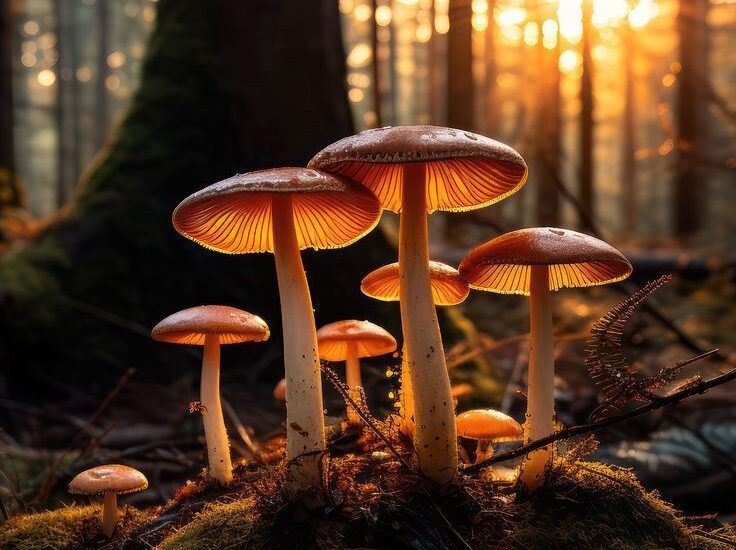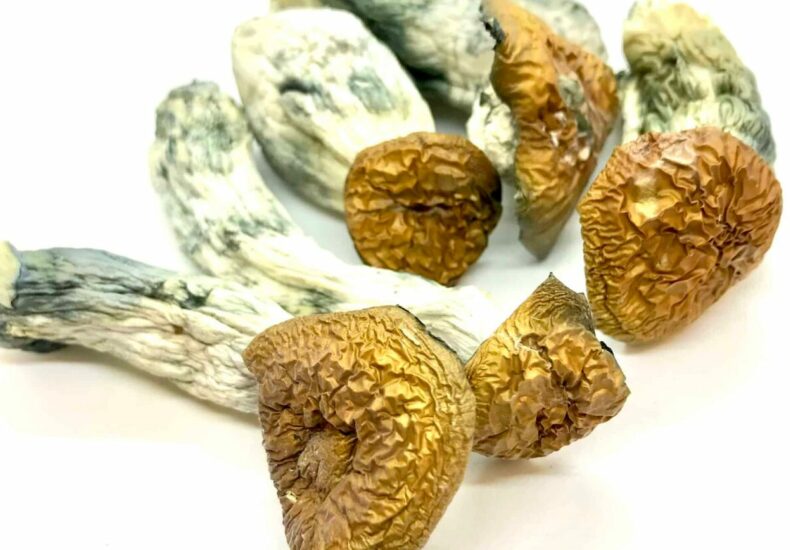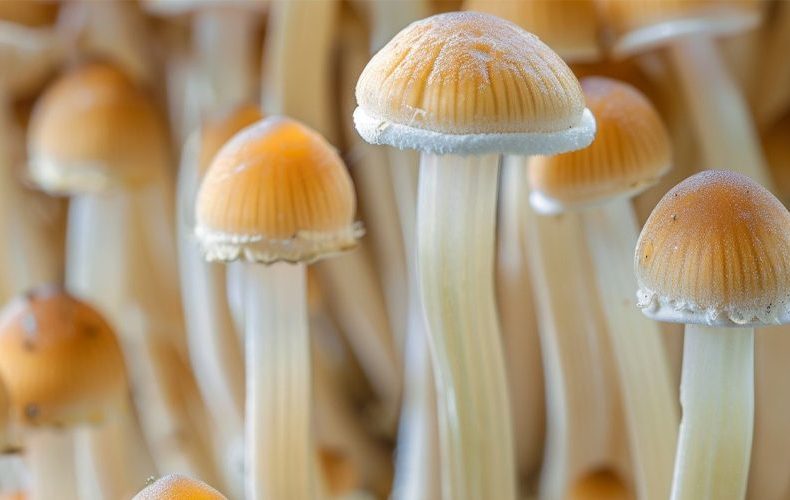
Introduction: The Enigmatic World of Magic Mushrooms
Magic mushrooms, scientifically known as Psilocybe species, have been deeply ingrained in human history and culture for thousands of years. These fascinating fungi, revered for their psychedelic properties, have played a pivotal role in the spiritual, medical, and social realms of various civilizations. This article aims to illuminate the historical trajectory of magic mushrooms, from ancient rites to modern science.
Antiquity: The Early Encounters with Psychedelic Mushrooms
Mesoamerica: The Sacred Teonanácatl
Long before Western civilizations documented their knowledge of psilocybin-containing mushrooms, indigenous cultures in Mesoamerica were well-acquainted with these mystical fungi. Known as Teonanácatl or “flesh of the gods,” these mushrooms were used in sacred rituals to facilitate communication with deities and ancestors. Ritualistic use of Teonanácatl was integral to the Aztec and Maya civilizations, forming a cornerstone of their spiritual practices.
Siberia: The Shamanic Amanita
Parallel to developments in Mesoamerica, indigenous Siberian tribes utilized another form of hallucinogenic mushroom: Amanita muscaria. Though not a psilocybin mushroom, its psychedelic effects achieved through the compound muscimol made it a powerful tool in shamanic journeys. Here, the role of magic mushrooms transcended the spiritual realm, serving also as a form of medicine and social bonding.
Colonial Era: Suppression and Misunderstanding
Christianity’s Condemnation
As European explorers encountered indigenous cultures, the use of magic mushrooms became vilified, often associated with pagan rituals and heresy. The spread of Christianity led to the suppression of these ancient practices, leaving them shrouded in stigma and mystique for centuries.
Rediscovery in the 20th Century
It wasn’t until the mid-20th century that magic mushrooms re-entered Western consciousness. American banker and amateur mycologist R. Gordon Wasson traveled to Mexico in 1955, where he participated in a shamanic ceremony involving Psilocybe mexicana. His experiences were later published in Life magazine, reigniting interest in these entheogenic fungi.

Modern Era: Scientific Exploration and Therapeutic Potential
Clinical Studies and Medical Applications
Beginning in the 1960s, scientific research on psilocybin mushrooms proliferated. Clinical trials conducted in reputable institutions like Johns Hopkins University have indicated the potential benefits of psilocybin in treating various psychological conditions, such as depression, anxiety, and PTSD.
Legal Status and Decriminalization Efforts
Despite the therapeutic potential, the legal status of magic mushrooms remains a contentious issue. While illegal in many jurisdictions, grassroots campaigns for decriminalization are gaining traction, most notably in cities like Denver and Oakland. This reflects a broader societal shift towards accepting these ancient fungi as tools for psychological and spiritual exploration.
Conclusion: The Ongoing Odyssey of Magic Mushrooms
The history of magic mushrooms is a tapestry rich in culture, spirituality, and scientific discovery. From ancient Mesoamerican rituals to cutting-edge clinical research, these intriguing fungi have both captivated and confounded humanity for millennia. As science continues to unlock their potential, it is clear that the story of magic mushrooms is far from over.


